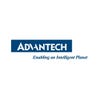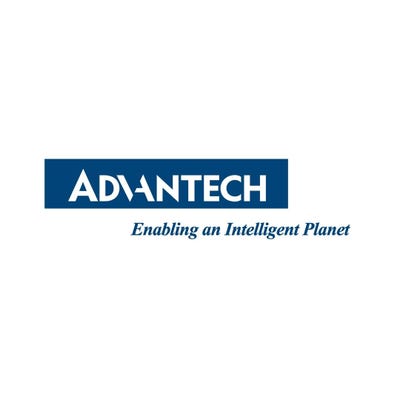Infineon’s ADAS expert Vahid Bonehi discusses the current progress in developing radar as a viable technology for automobiles during DesignCon.

In recent years, automobile makers have been weighing the advantages and disadvantages of radar, LiDAR, and cameras for ADAS (Advanced Driver Assistance Systems). During a session at the recent DesignCon Conference, Vahid Bonehi, Senior Sensor Architect for Infineon Technology, discussed the advantages and disadvantages of current radar approaches.
Bonehi did not extensively discuss LiDAR and cameras. But he noted that while LiDAR is accurate and has good resolution, it is currently 10x the cost of other technologies at the moment. He added that LiDAR is now being used mostly for high-end applications.
On cameras, Bonehi said their effectiveness decreases significantly in poor lighting and adverse weather conditions.”
Radar, Bonehi noted, can detect objects and make precise speed and distance measurements, even under adverse weather conditions. But he was quick to point out the disadvantages of common radar solutions.
According to Bonehi, currently available radars ignore high-mounted or closely spaced objects such as road signs or bridge/ tunnels due to low altitude resolution and to possibly avoid unwanted braking scenarios
Bonehi added, “Today’s radar is unable to distinguish among closely spaced, stationary objects, such as a child standing by a traffic light. To resolve this, azimuth and angular resolution must improve.” Bonehi noted that as the angular resolution improves, so does the ability to detect more and smaller objects.
High-resolution Radar
Bonehi added that work was underway on developing high-resolution radar that would overcome some of the technology’s current limitations.
Increasing the number of channels would improve the capability of radar. According to Bonehi, typical MMICs used for radar applications are limited to 3 to 4 channels.
One approach to increasing the number of channels would be to cascade the channels together by cascading MMICs. “But cascading MMICs together for higher channel counts is expensive as MMICs are costly. Also, the challenge with cascading MMICs is the synchronization of transmitters.”
Another approach was integrating more channels on a single MMIC chip. Bonehi noted this approach would minimize process variations and reduce the likelihood of drift issues. However, this radar-on-chip approach would require a large area, pose potential integration issues, and create concerns over heat dissipation and leakage.
Spencer Chin is a Senior Editor for Design News covering the electronics beat. He has many years of experience covering developments in components, semiconductors, subsystems, power, and other facets of electronics from both a business/supply-chain and technology perspective. He can be reached at [email protected].
About the Author(s)
You May Also Like







